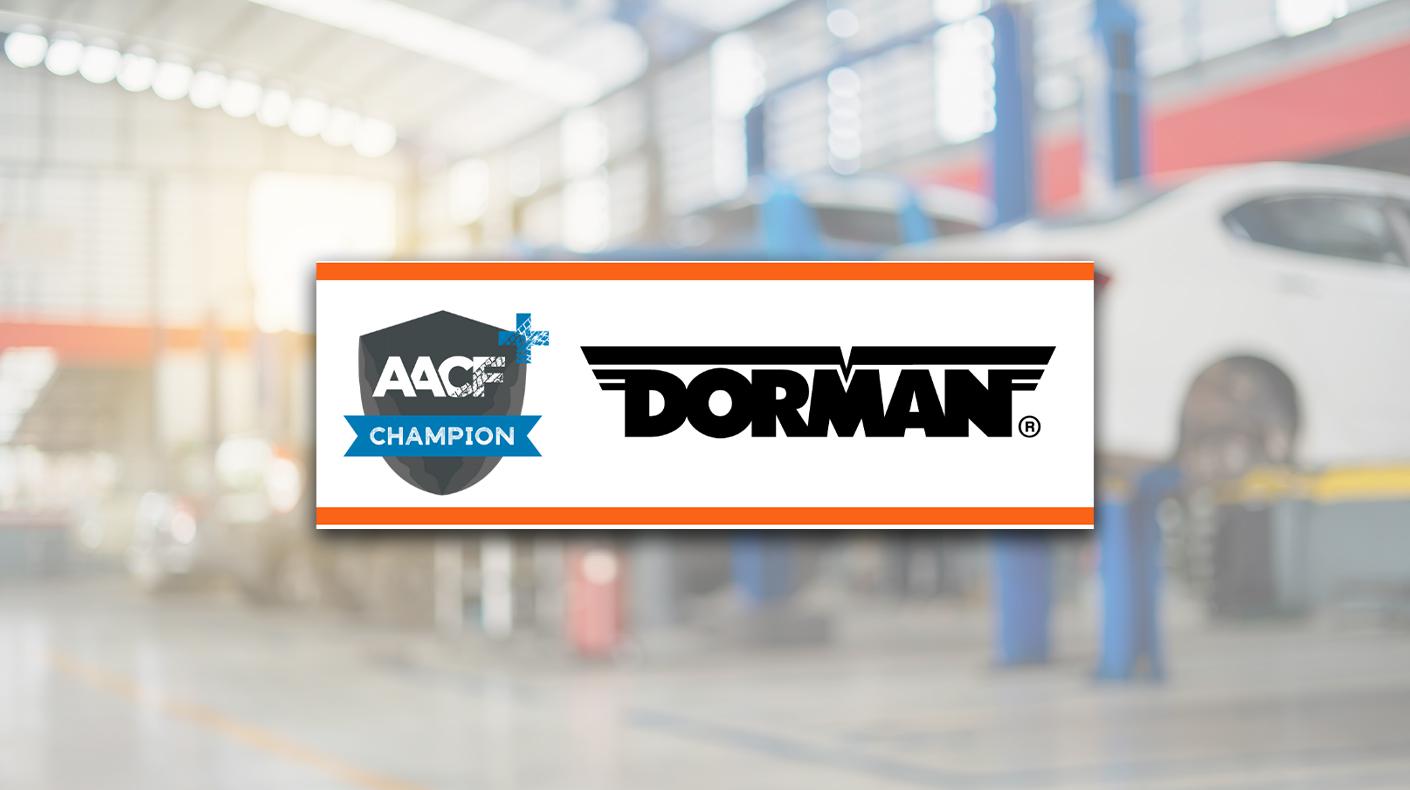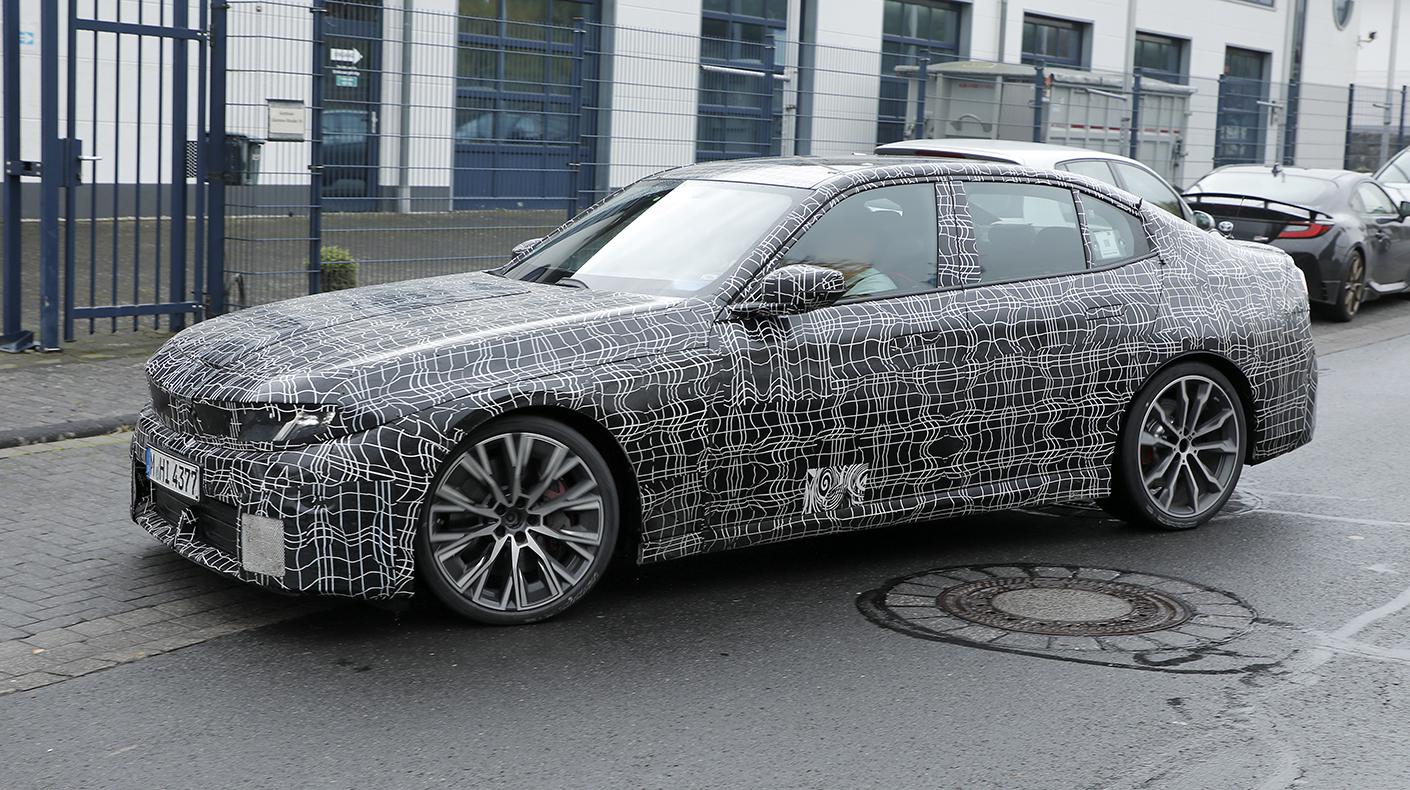SEMA News—July 2013
INTERNATIONAL
By Linda Spencer
Images Courtesy of Polny Privod 4x4
A Closer Look at Russia
One of the World’s Largest Vehicle Markets
|
This article looks at the size of Russia’s passenger-vehicle market, the interest in customizing, consumer purchasing power, types of vehicles on the road and the implications for U.S. specialty-equipment companies as well as growth potential, opportunities and challenges.
Second Largest Market in Europe
Russia ranks sixth in the world in terms of annual passenger-vehicle sales. The country’s auto market has rebounded from the 2008–2009 recession with new-vehicle sales for 2012 up 11% from the previous year, which makes Russia the second-largest European vehicle market. With 2.9 million passenger vehicles sold last year, the country is quickly gaining on Germany, the top market in Europe, and many experts estimate that the positions will flip between these two countries in the next few years. Russia could be the number-one country in sales in Europe as early as next year, said Stephen Biegun, vice president of international affairs for Ford in a recent interview with the Detroit Free Press.
Potential
Most motorists in Russia are fairly new drivers. Under the Soviet regime, which ended in 1991, private vehicles were rare. Typically, only high-level government officials had access to cars. How times have changed! There are now 38.7 million passenger vehicles on Russian roads. But with 140 million people, a large, unmet demand still exists for those who have not yet had the opportunity to purchase a vehicle.
There are only 271 vehicles per 1,000 people in Russia, according to the World Bank, compared with 797 per 1,000 in the United States. And the vehicle market is sure to expand further because of the number of people who are likely to be in the market for a second vehicle and the fact that the average age of registered vehicles is 16 years.
The passenger-car market in Russia could grow by another 1 million vehicles annually and top 3.5 million sales, according to PricewaterhouseCoopers, whose research team also estimates that the number of new-car sales in Russia in the next 10 years will be equal to all of the cars on the road today because of an aging vehicle fleet and a declining light-vehicle import tariff.
Types of Vehicles on the Road
|
“In Russia, one can expect to see a wide range of American-, European- and Asian-made vehicles, with the added component of Eastern European-made vehicles that exist in only a few markets and are locally accessorized,” said Nathan Calabrese, Omix-ADA’s director of international sales. Calabrese worked in Russia for several years and has closely followed trends in that market. “This wide range is not something that is usually seen on this scale overseas,” he said, “and it presents strong opportunity for those who produce products with a wide range of applications or who are willing to develop products to match such an expanded vehicle mix.”
Cars vs. Light Trucks
SUVs represent the largest and fastest-growing automotive sector in Russia, making up 31% of all passenger sales in 2012. Nearly one-third of all passenger-vehicle sales were SUVs—more than double the rate of SUV sales throughout the rest of Europe.
“We anticipate SUV sales will continue to grow, as Russian customers prefer the image and performance these utility vehicles provide in severe weather and challenging road conditions,” said Ted Cannis in a recent interview with Just-Auto.com. Cannis is president and CEO of Ford Sollers, a joint venture that is building Fords in Russia.
But many of the SUVs sold in Russia might not be familiar to Americans. For example, among the best-selling SUVs are the Lada Niva and UAZ Patriot, neither of which is sold in the United States.
Petr Likholitov, editor-in-chief of Moscow-based Polny Privod 4x4, explained that these vehicles are popular because they are inexpensive. The price for base models begins at about $12,000. They are easy to work on, repair or customize, and there are a lot of local accessorizes available.
According to Likholitov, other popular vehicles in this category are the Lada 4x4 (a small off-roader built almost without changes since the ’80s and very popular in Russia as well as in the former Soviet republics and even in Italy and France). Other popular foreign brands include the Toyota Land Cruiser 70 and 80 (old fashioned, iconic and now produced for Australia and the countries of the third world) and the Land Rover Defender 90 (a reliable British 4x4 with military heritage).
Among other vehicles growing in popularity are Jeeps including the Wrangler—Likholitov’s personal favorite. He said that these vehicles are “tuning friendly” and are available secondhand. In addition, Jeep exported 4,700 vehicles to Russia in 2012, but the average cost after tariffs was close to $100,000. While the Wrangler is likely to continue to be imported from Toledo, Ohio, Chrysler announced plans to build some Jeep models—likely the Cherokee—in Russia within the next few years. In addition, Ford has announced that the company will build a fullsize SUV outside the United States for the first time at a factory 300 miles outside of Russia to meet local demand.
Pickups
The pickup market is another growing segment. The top-selling pickup in Russia is the Mitsubishi L200, followed by the VW Amarok and the Toyota HiLux. Again, those vehicles are sold worldwide but not in the United States or Canada.
“A few years ago, our pickup sector emerged, and we have of lots of trucks now, including the Toyota HiLux, Nissan Narava and NP-300, Ford Ranger (built in South Africa) and Mitsubishi L200,” said Likholitov. He added that there is also a growing market for the VW Amarok pickup, now with an eight-speed automatic transmission. Ford Raptors, Ford F-Series, Rams and Toyota Tundras can also been seen on Russian roads, he said, but all have been imported from the United States through the gray market.
Disposable Income
|
Concentration of Consumers
Moscow—the fifth-largest city in the world with a population of 12 million—boasts some of the world’s largest malls, many of which are packed with luxury brands. The city is also the capital of Russia and is its center in terms of population and wealth. Thus, it is the most important market for vehicle and automotive specialty-equipment sales. St. Petersburg, to the west, is a city of five million and is the second most important market.
The Big Three American automotive manufacturers are active in the Russian market, and all have ongoing investments. The size of the middle class is growing in Russia and with it, the hope for a reduction of vehicle import duties and increased production of U.S. brands of customization-friendly vehicles, so the Big Three are targeting the Russian market.
“Most of us project [that in the] next few years, Russia will surpass Germany,” said Cannis. “That is why we are all here.” The Ford-Stollers joint venture manufacturing site is approximately 300 miles from Russia and is now producing the Ford Explorer as well as other Ford models. All production at the Soller’s plant is aimed at the Russian market.
Peter Layer, purchasing director for General Motors in Russia, said in a recent Just-Auto.com article that Russia is one of the company’s top four markets.
“Even 10 years ago, Russia was not in the top 10 globally,” he said, “but it is amazing how fast the world changes.”
General Motors has announced plans to more than double its annual production capacity from the current 98,000 vehicles to 230,000 vehicles by 2015 at its wholly owned GM Auto subsidiary located in St. Petersburg. Russia is already Chevrolet’s fourth-largest market. In 2013, new products in Russia include the midsize Trailblazer SUV, Colorado pickup and the seventh generation of the Corvette Stingray.
Chrysler Group LLC said that it still expects to start building Jeep sport-utility vehicles in Russia next year, despite the lack of an agreement on a production site with its joint-venture partner: ROLF. In addition, the owner of more than 30 dealerships in Moscow and St. Petersburg began selling Jeeps and Dodge-badged vehicles in December 2012.
“We are interested in dealer center launch for Chrysler, Jeep and Dodge because we see a high growth potential for these brands in Russia,” said Likholitov.
In 2012, Fiat exported 4,700 Jeeps to Russia. Likholitov noted that duties make the import of the United States and other vehicles exorbitantly expensive. He said that the taxes for vehicles imported into Russia complicate development of the Russian customizing industry.
“For example, prices for the Jeep Wrangler Unlimited Rubicon (my favorite by the way) at an official dealer begin at 1,855,000 Russian rubles ($59,838),” he said. “That is double compared with American prices. The ’13 Chevrolet Camaro costs 2,055,000 Russian rubles ($66,290 USD) compared with $28,685 USD MSRP in the States. But we are optimistic. The government promised us that the prices for import cars will go down year by year after the introduction of Russia to the World Trade Organization in 2012.”
Customizing
|
Michael Kasakov splits his time between Boston and Moscow. He works for Rennsport Imports, a Massachusetts-based wholesale distributor of OEM and aftermarket parts and accessories for the automotive and powersports industries with offices in Moscow. He said that the market for modifications is still in its early stages of development, so there is a higher percentage of visual rather than technical modifications for cars.
“Think body kits, tinted windows, airbrushing and vinyl wraps,” he said. “But I do believe that the focus will be shifting as the market matures. When it comes to tech stuff, I don’t think Russia is any different compared with other countries. Depending on the segment, people usually start with the typical mods—intake, exhaust and chips in the sport compact and street segments and wheels, tires and lift kits in 4x4s. The only difference that comes to mind would be suspensions and the type of wheels you see people outfitting their cars with. Due to our fairly bad roads (related to the weather conditions and seasonal temperature differences), only the most hardcore guys go for lower or stiffer suspensions on daily-used cars. Same goes for wheels. People may go for a different design or do a Plus 1 wheel-and-tire combo, but you won’t see too many cars pushing the envelope with really big low-profile tires. In fact, most of the cars sold in Russia come with what is sometimes called an ‘Eastern European Package,’ meaning higher ground clearance compared to the same models sold in Europe or the United States.”
The vehicle mix is quite diverse, with many of the most popular modification-friendly vehicles not found in the United States. Still, U.S. performance and accessory manufacturers that produce universal products and are willing to expand their product applications can do well in this market.
Kasakov identified those most likely to succeed in the Russian market as those with a commitment to developing products for non-U.S. applications, such as the Mitsubishi L200, Toyota HiLux, VW Amarok and others, and those who can support local distributors with marketing help.
Audrey Subin, deputy editor-in-chief of the Russian enthusiast magazine Off Road Drive, also advised U.S. companies to make products for the vehicles that are already on Russian roads. He said that there is also a large market for universal products, such as winches, high-lift jacks, navigation devices and beadlocks.
Even those who make products for specific U.S. brands, such as Jeeps or large pickups may find markets as sectors continue to grow and are helped by a positive perception of all things American.
“We have a lot of fans of American equipment just because it is authentic,” Likholitov said. “For example, guys from the Moscow Dodge Ram Club asked our partners from the Mickey Thompson dealership to deliver them Dick Cepek tires just because they look tough. People from the Jeep Wrangler Club order Hemi engines and spare parts from the States. Lift kits for American SUVs and pickups are also popular, and Russian consumers particularly value American products that are actually made in America.”
Challenges
U.S. companies should proactively take steps to protect their intellectual property in Russia. The U.S. Department of Commerce recommends that firms register their trademarks with the Federal Service for Intellectual Property and with the Russian Federal Customs Service.
In addition, Russia’s infrastructure desperately needs updating. The country’s roads and bridges are in notoriously bad shape and are not built to deal with the growing number of vehicles on the roads, which results in gridlock. For example, the highway connecting the country’s two biggest cities, St. Petersburg and Moscow, located nearly 400 miles apart, is mostly only two lanes, which results in constant backups. This lack of roads also affects the transport of goods, making deliveries more expensive and lengthy.
It’s a New Market With Spotty Distribution
|
Russia can be a difficult country to deal with in terms of setting up distribution. Import duties can be high, excessive documentation may be required and the process can be difficult and time-consuming. Many distributors will request contracts, which tends to frighten U.S. businesses. Such contracts are generally required for customs purposes or are needed in order to allow the distributor to send payments, added Calabrese.
“Businesses should always consult with their legal counsel prior to signing any document or contract,” Calabrese said. He also cautioned U.S. companies to keep an open mind on their volume expectations for distributors until they have a better idea of the actual demand of the market for their products. “Language and communication can be challenging,” he added, “but any company already doing business overseas should be able to navigate this fairly well. There is also a level of price sensitivity that seems to correlate with different niches of the aftermarket industry, and this should be taken into consideration as well.”
Exports to Russia currently account for only about half of 1% of all American exports. With its growing sales of passenger vehicles, large SUV demand and a growing middle class increasingly having the wherewithal—and interest—to customize their vehicles, sales are bound to grow dramatically in the short term.
SEMA will be hosting a seminar on the Russian market with key buyers and media at this year’s SEMA Show. For more information on the Russian market or SEMA’s international programs worldwide, contact Linda Spencer at lindas@sema.org.










